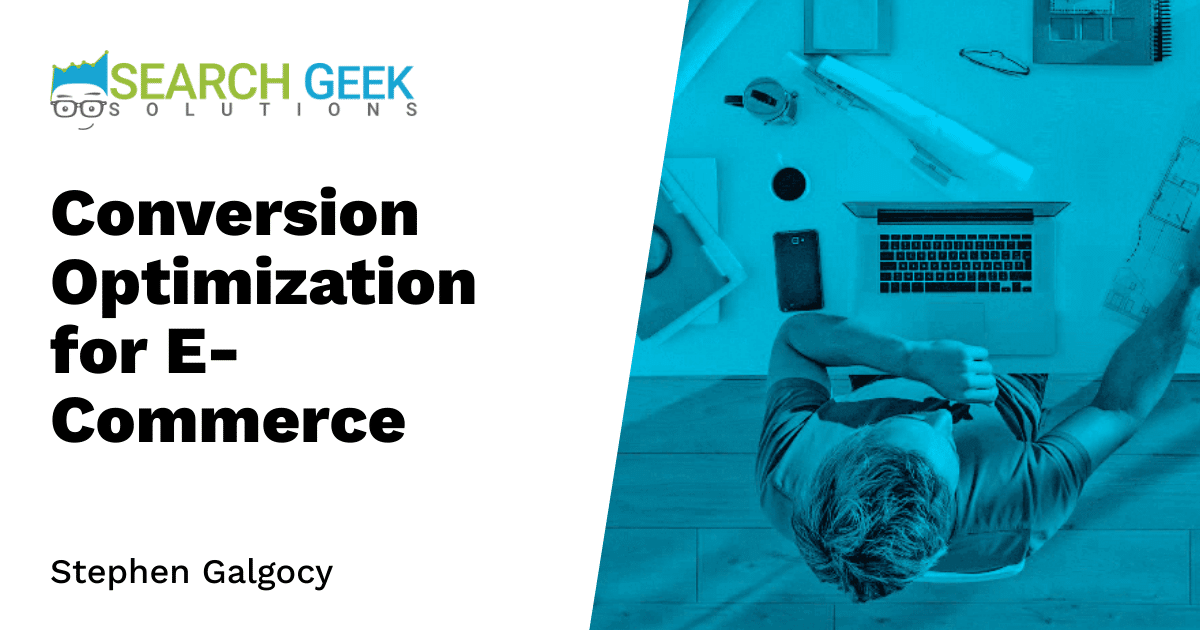Unlocking Success in E-Commerce Through Conversion Optimization
The vast e-commerce landscape is rapidly evolving, and success calls for more than just having a digital presence. One crucial component that plays a pivotal role in determining the success of an e-commerce business is conversion optimization. Understanding its importance, deploying effective strategies, and charting a course through its common challenges may all sound like a daunting task. This comprehensive guide will walk you through the essentials of conversion optimization for e-commerce, offering actionable insights and helpful tips.
A Deep Dive into Conversion Optimization
Conversion optimization, also known as conversion rate optimization (CRO), refers to the process of increasing the percentage of your e-commerce website visitors who complete a desired action. This action could range from signing up for a newsletter to making a purchase. The effectiveness of CRO lies in its ability to maximize the value of your existing traffic, leading to better return on investment.
Key Features and Benefits of Conversion Optimization
A fully optimized conversion funnel delivers multiple benefits. It not only boosts sales and revenue but also improves the overall customer experience, increases customer retention, and drives brand loyalty. Understanding the core features of a robust conversion optimization strategy can assist e-commerce business owners in leveraging this powerful technique.
- Customer-Centric Approach: Conversion optimization revolves around understanding customer behaviour, preferences, and pain points. It uses data-driven insights to create and deliver customer-focused experiences.
- Continuous Testing and Improvement: In conversion optimization, data is critically analyzed to identify potential issues or areas of improvement. This leads to the creation and testing of various hypotheses. The insights derived from testing inform website improvements to enhance the user experience and boost conversions.
The Potential Pros and Cons in Conversion Optimization
Diving into conversion optimization is not without its challenges. It involves initial investment, necessitates access to and understanding of pertinent data, and needs ongoing effort. Yet, when balanced against its myriad benefits – increased revenue, improved customer loyalty, and enhanced user experience – the advantages far outweigh the potential drawbacks.
Historical Perspective: The Evolution of Conversion Optimization
Understanding the historical journey of conversion optimization can provide valuable context for its current importance. Conversion optimization evolved as businesses began to appreciate the value of website visitor behaviour analysis. Initially focused on improving website design, it has since evolved to encompass a much more comprehensive approach, incorporating user experience, customer journey mapping, and data analytics.
Trends and Resources in Conversion Optimization
Keeping abreast of trends can be instrumental in building a successful conversion optimization strategy. These include the rise of mobile commerce, the importance of website speed and the shift towards personalization. A variety of resources like Google Analytics, website testing tools, and e-commerce platforms are essential in collecting and analyzing data for conversion optimization.
DIY vs Professional Conversion Optimization: Making the Choice
While smaller e-commerce businesses may kickstart their conversion optimization efforts on their own, as businesses scale, professional help may be needed. Several specialized agencies and consultants provide expert advice and execution on conversion optimization strategies. In choosing between the DIY and the professional approach, considerations include cost, internal capabilities, business size, and complexity of requirements.
Strategies for an Impactful Conversion Optimization
Implementing conversion optimization involves several key strategies, including user experience optimization, split testing, and personalization. It’s crucial to adapt these strategies based on a deep understanding of customer needs, buying patterns, and feedback.
FAQs on Conversion Optimization in E-commerce
What are some common challenges in conversion optimization?
Some common challenges include a lack of understanding of customer behaviour, not utilizing data effectively, not having a clear testing plan, and fearing changes that may drive away existing users.
Why is conversion optimization crucial for an e-commerce business?
Conversion optimization can help an e-commerce business maximize the potential of its existing traffic by converting more visitors into paying customers, thus driving revenue growth.
Endeavoring to optimize conversion rates is no longer just an option but an imperative for e-commerce businesses, big or small. It’s a dynamic, continuous process that calls for a coordinated strategy, actionable insights and a commitment to ongoing improvement.

